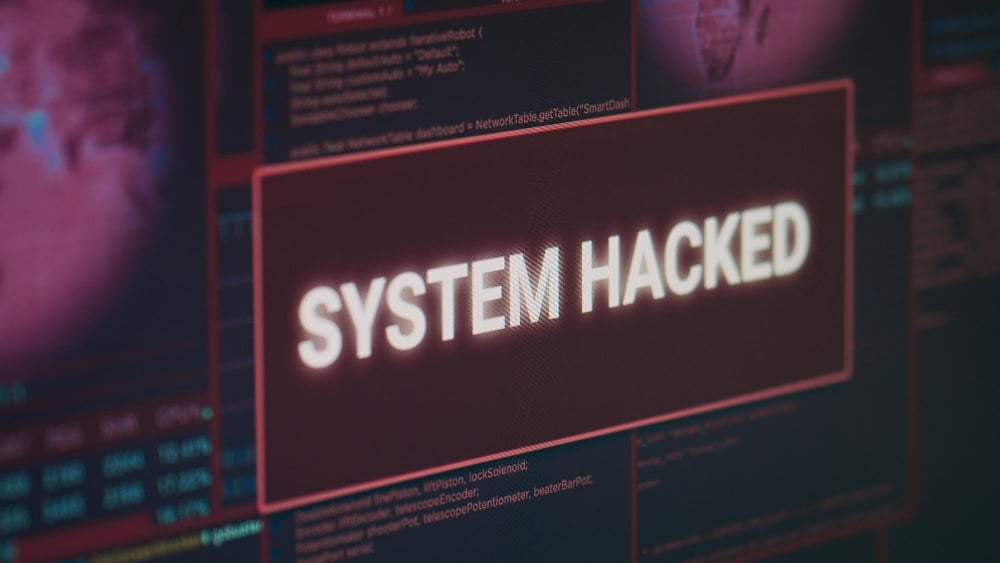The Early Days of Malware
-
The First Virus (1971): The Creeper virus, created as an experiment, spread across ARPANET, displaying the message "I'm the creeper, catch me if you can!"
-
Brain (1986): The first MS-DOS virus, Brain, infected the boot sector of storage media, marking the beginning of widespread computer viruses.
The Rise of Worms and Trojans
-
Morris Worm (1988): One of the first worms to gain significant attention, it infected 10% of the internet, causing widespread disruption.
-
Melissa Virus (1999): Spread via email, the Melissa virus infected thousands of computers by exploiting Microsoft Word macros.
-
Trojans: Unlike viruses and worms, trojans disguise themselves as legitimate software. A famous example is the Zeus trojan (2007), used to steal banking information.
The Emergence of Spyware and Adware
-
Spyware: Designed to gather information about a person or organization without their knowledge. Examples include keyloggers and tracking cookies.
-
Adware: Delivers unwanted advertisements to users. While often considered less harmful, adware can slow down systems and invade user privacy.
The Era of Advanced Persistent Threats (APTs)
-
Stuxnet (2010): A sophisticated worm designed to target Iran's nuclear facilities, demonstrating the potential of malware as a tool for cyber warfare.
-
APT Groups: State-sponsored groups deploy APTs to conduct espionage, sabotage, and data theft. Notable groups include APT28 (Fancy Bear) and APT29 (Cozy Bear).
The Ransomware Epidemic
-
CryptoLocker (2013): Marked the beginning of modern ransomware attacks, encrypting victims' files and demanding payment for decryption keys.
-
WannaCry (2017): A global ransomware attack that exploited a vulnerability in Windows, causing widespread damage across multiple industries.
-
Ryuk and Maze (2018-2020): These ransomware families targeted high-profile organizations, demanding substantial ransoms and threatening to leak stolen data.
Evolution and Future Trends
-
Fileless Malware: Operates in-memory and does not write any files to disk, making it difficult to detect with traditional antivirus solutions.
-
Ransomware-as-a-Service (RaaS): Lowers the barrier to entry for cybercriminals by providing ready-made ransomware tools for a share of the profits.
-
AI and Machine Learning: Both attackers and defenders are leveraging AI and machine learning to develop more sophisticated malware and defense mechanisms.
-
IoT Malware: As the Internet of Things (IoT) grows, so does the potential for malware targeting these interconnected devices. Mirai botnet (2016) was a notable example, hijacking IoT devices to launch massive DDoS attacks.
The evolution of malware reflects the broader changes in technology and society. From simple viruses to sophisticated ransomware and beyond, malware has become a persistent and evolving threat. Staying ahead of these threats requires continuous innovation in cybersecurity practices and technologies. By understanding the history and evolution of malware, individuals and organizations can better prepare for and defend against future cyber threats.
Stay ahead of the wave

Comments